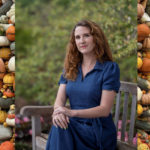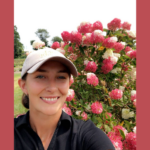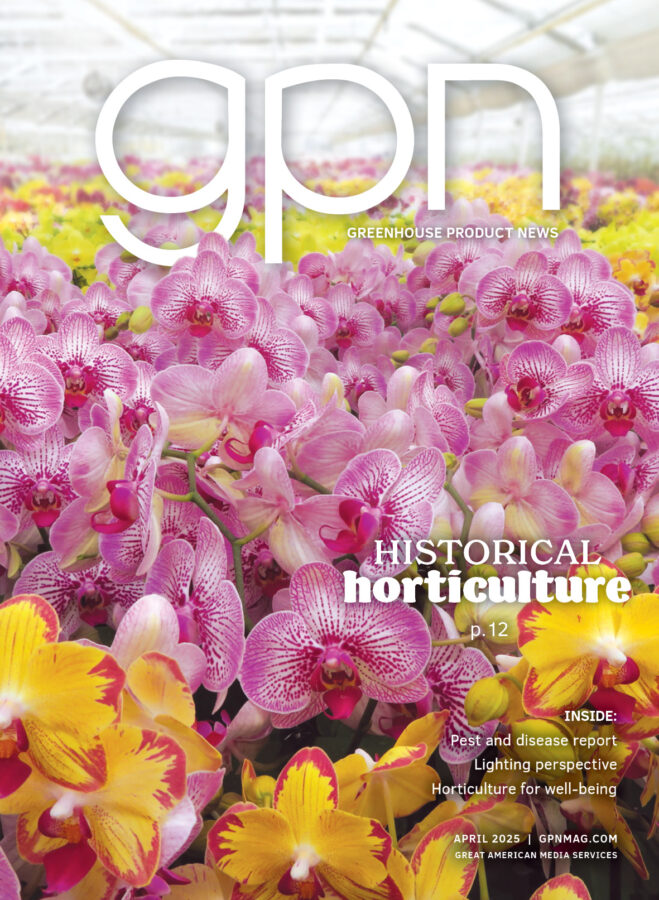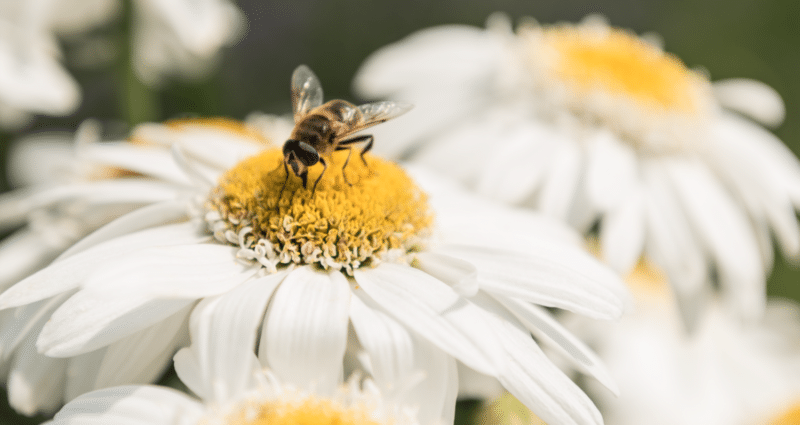
Culture Report: Leucanthemum ‘Sweet Daisy Birdy’
Leucanthemum has been a summer staple for perennial programs across North America ever since enthusiasts fell in love with the 2003 Perennial Plant of the Year, leucanthemum ‘Becky’.
Many advancements in breeding have taken place over the last 18 years, and Dümmen Orange is proud to present the new standard in the category — ‘Sweet Daisy Birdy’.
This is the first leucanthemum to win an award from the All-America Selections committee for its unstoppable performance in Florida’s hot, humid temperatures; across the dry summer climates of west Texas and Colorado; and through the frigid winters of Manitoba, Canada. Birdy flowers in the landscape from spring to the first frost, with new flowers always on top of the plant, keeping a continuously fresh look in the landscape. Birdy can be used as a backdrop in the garden, as a border plant, and in mass plantings, drawing attention to the garden.
“All-America Selections is thrilled to add a rigorously trialed leucanthemum to our ever-growing list of perennial AAS Winners,” said Diane Blazek, executive director for All-America Selections. “Our judges felt that the durability, growth habit, and long-lasting blooms make it an important addition to any wholesale or retail perennial program.”
Like all the Sweet Daisy varieties, Birdy boasts extreme winter hardiness through Zone 3, and the plants are non-stop flowering throughout the summer months with little to no maintenance from the gardener. Birdy has the classic Shasta Daisy flower style, but with larger, overlapping petals for a fuller look
than older varieties. The illuminating white petals and vibrant yellow discs strongly contrast against the robust, dark green foliage.
PROPAGATION
Sweet Daisy leucanthemum varieties are available as both unrooted cuttings or in Basewell for growers looking to save steps and time in the propagation process. For growers choosing to propagate with traditional URCs, cuttings may be treated with a rooting hormone before sticking, but is not required. The ideal tray size is a 72- or 105-tray with a liner finish of six to eight weeks. Cuttings do not need to be pinched in the propagation process.
For growers using Basewell, the rooted cartridge can be directly stuck into the finished container size.
During the rooting process, fertilize at a rate of 100- to 150-ppm nitrogen (20-6-22) and maintain a moderate EC range between 2.0 and 3.5 via SME and a pH of 5.8 to 6.5. Maintain a media and air temperature of 65 to 72º F, and keep media moderately moist with mild dry cycles. Supplemental lighting during the rooting phase is beneficial for rooting and toning but not required.
Growers should use a preventative fungicide on leucanthemum to prevent Botrytis, root rot and Fusarium.

FINISHING
All Sweet Daisy varieties are first-year flowering and do not require vernalization. The varieties are also facultative long day perennials and can be programmed for continuous sales throughout the spring and summer seasons. Producing plants under long days will result in the most uniform flowering across the crop.
For best-toned quality, grow ‘Sweet Daisy Birdy’ at temperatures of 65 to 75º F days and 55 to 65º F nights. When grown under proper temperatures and high light, pinching and growth regulators are not needed for high-quality finished plants.
Keep plants irrigated with moderate moisture and only mild dry cycles. Plants should be fed at 150- to 200-ppm nitrogen (20-6-22) while maintaining an EC range of 2.0 to 3.5 via SME and a pH of 5.8 to 6.5. Proper feeding is required for high flower count and toned stems at retail.
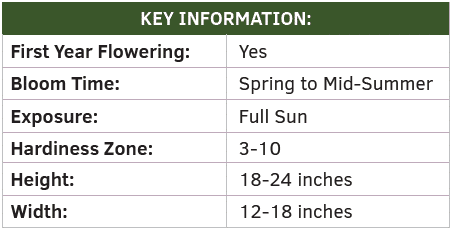
With all leucanthemum, take care of the roots and watch for Botrytis, root rot and Fusarium; a preventative fungicide is recommended. Other insect pests can include aphids, thrips and whitefly. Avid insecticide should never be used on leucanthemum, as it causes devastating phytotoxicity.








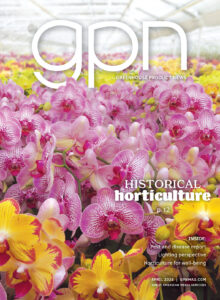
 Video Library
Video Library 













